An impressive geological phenomenon is unfolding before our eyes — one that could change the map of our planet. Scientists are currently witnessing, in real time, a continental separation process in northeastern Africa that could eventually give birth to a brand-new ocean.
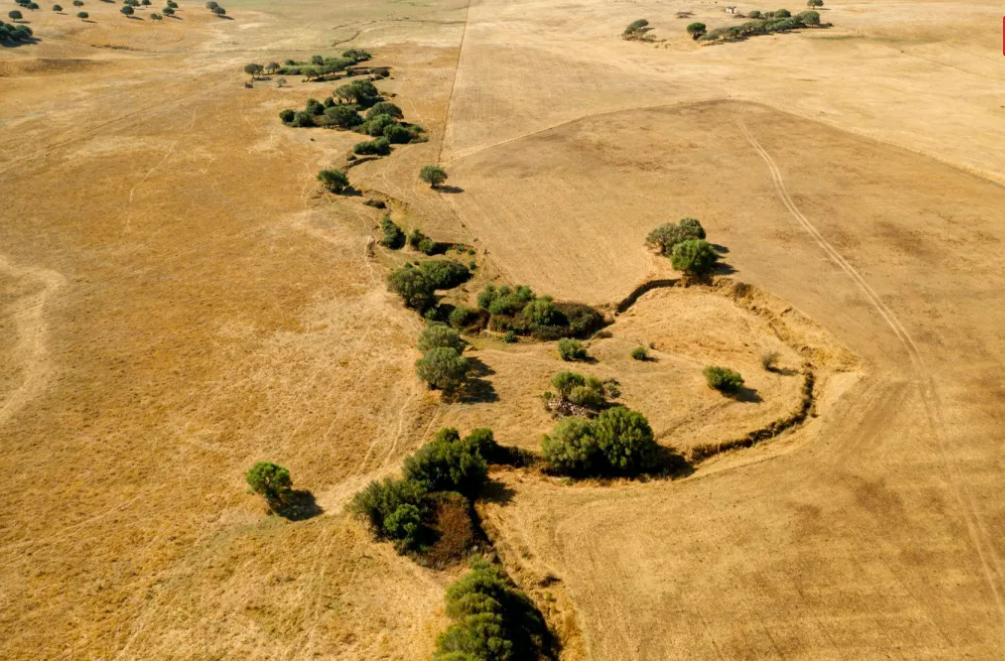
The event is taking place in the Afar Triple Junction, in Ethiopia — one of the most geologically active regions on Earth. Here, three massive rifts meet: the East African Rift, the Red Sea Rift, and the Gulf of Aden Rift. These deep and narrow valleys form as the Earth’s crust stretches and thins due to the movement of tectonic plates pulling away from each other.
A recent study published in Nature Geoscience (June 2025) brought new insights into this colossal continental breakup. According to researchers, a single rising stream of hot material from the Earth’s interior — known as a mantle plume — is feeding volcanic activity across all three rifts.
This conclusion came from the analysis of samples collected from more than 130 volcanoes in the region. The rocks revealed similar chemical signatures, suggesting a common source. Even more fascinating is that these chemical variations occur in cycles — as if Earth’s interior had its own “heartbeat,” driving periodic bursts of volcanism and reshaping the crust over time.
Professor Tom Gernon, from the University of Southampton in the United Kingdom, explained that this pulsation behaves much like a human heartbeat:
“The plume appears to pulse, and these pulses behave differently depending on the thickness of the crust and the rate at which it is pulling apart,” he said.
As magma rises and cools, it partially crystallizes and interacts with surrounding rocks, changing its chemical composition and forming different types of volcanic rocks. In areas where the plates are separating more quickly — such as the Red Sea — these pulses travel more efficiently, speeding up the tectonic spreading process.
If this activity continues over the next few million years, Africa could eventually split into two landmasses, making way for the birth of a new ocean — a striking reminder that our planet is still alive and constantly evolving.

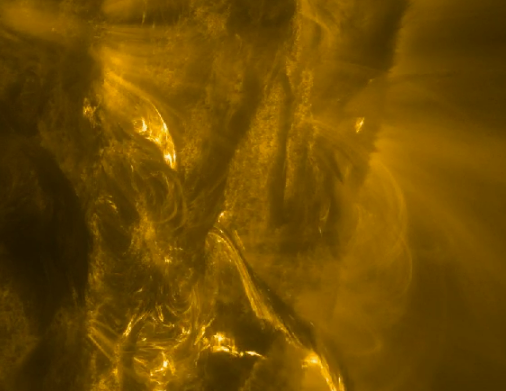
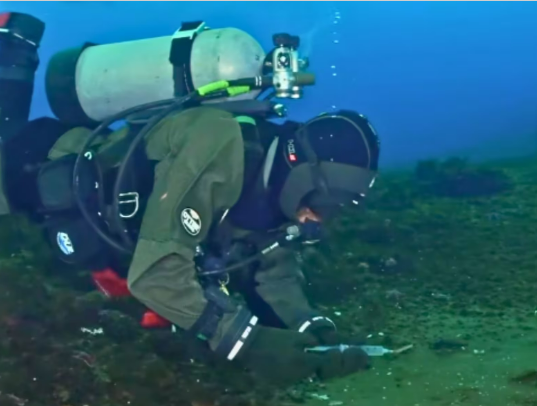
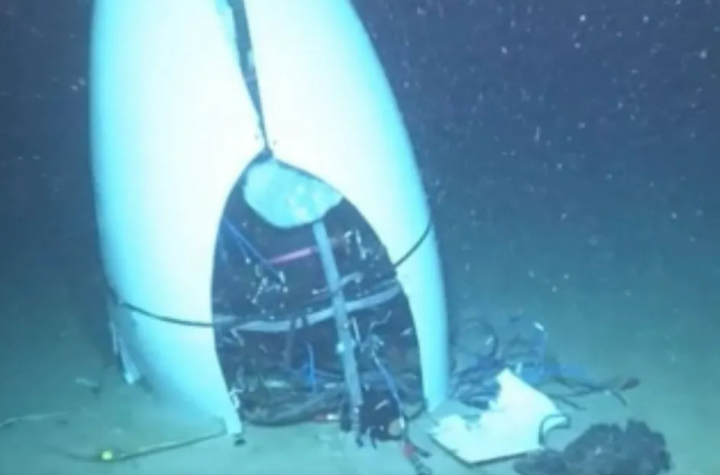
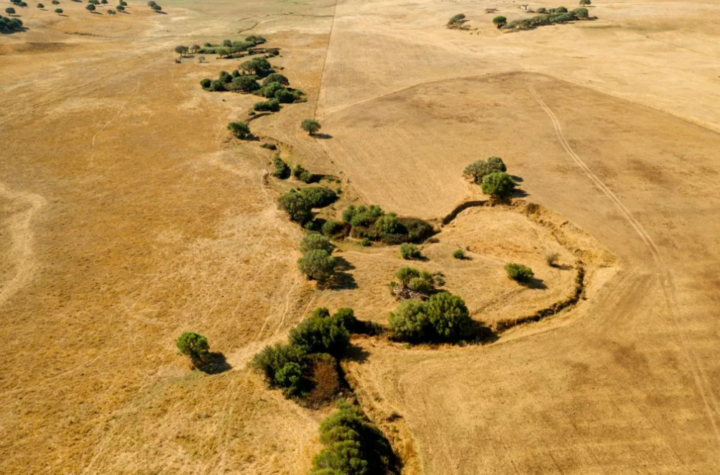
More
Solar Superstorm: What Would Happen if the Sun Shut Down Earth’s Technology?
Scientists Discover New Methane Leaks Beneath the Antarctic Ocean
Report Reveals Structural Failures in the Titan Submersible Before the Tragedy